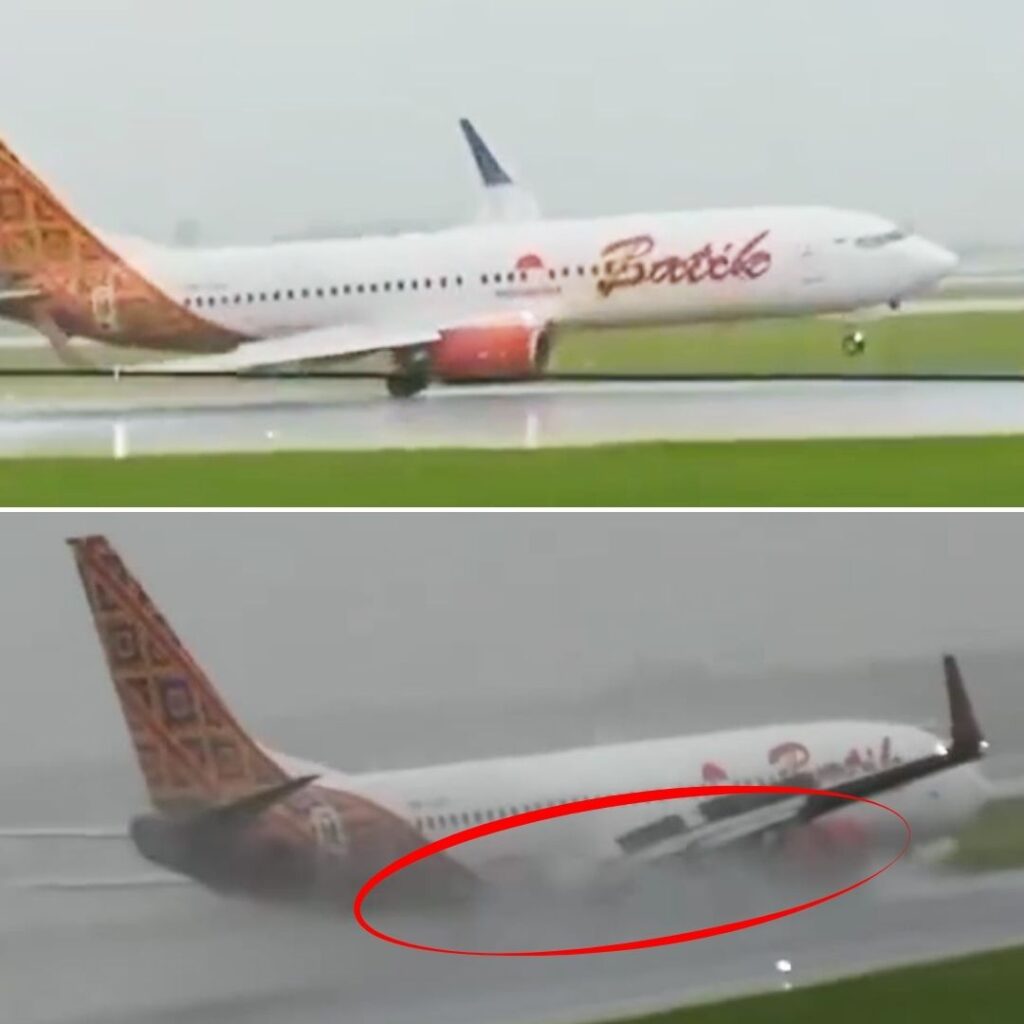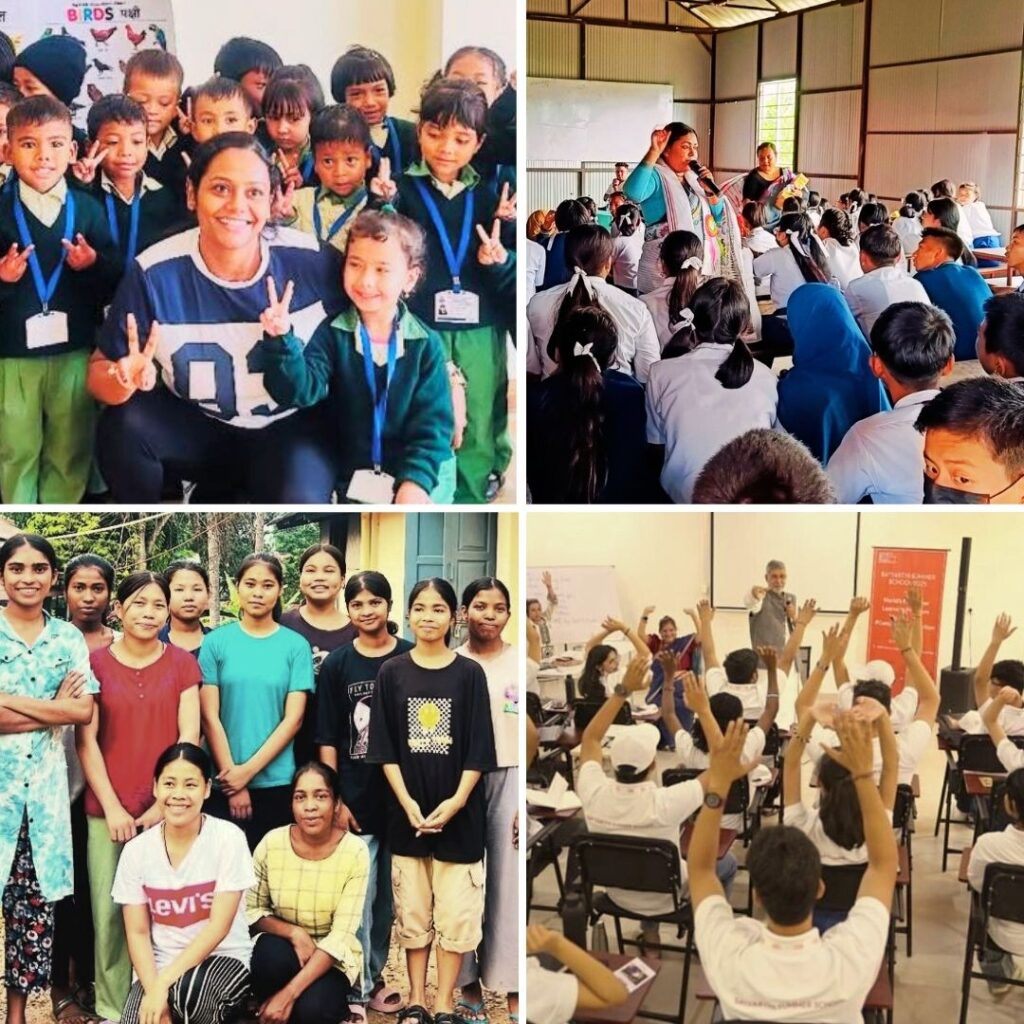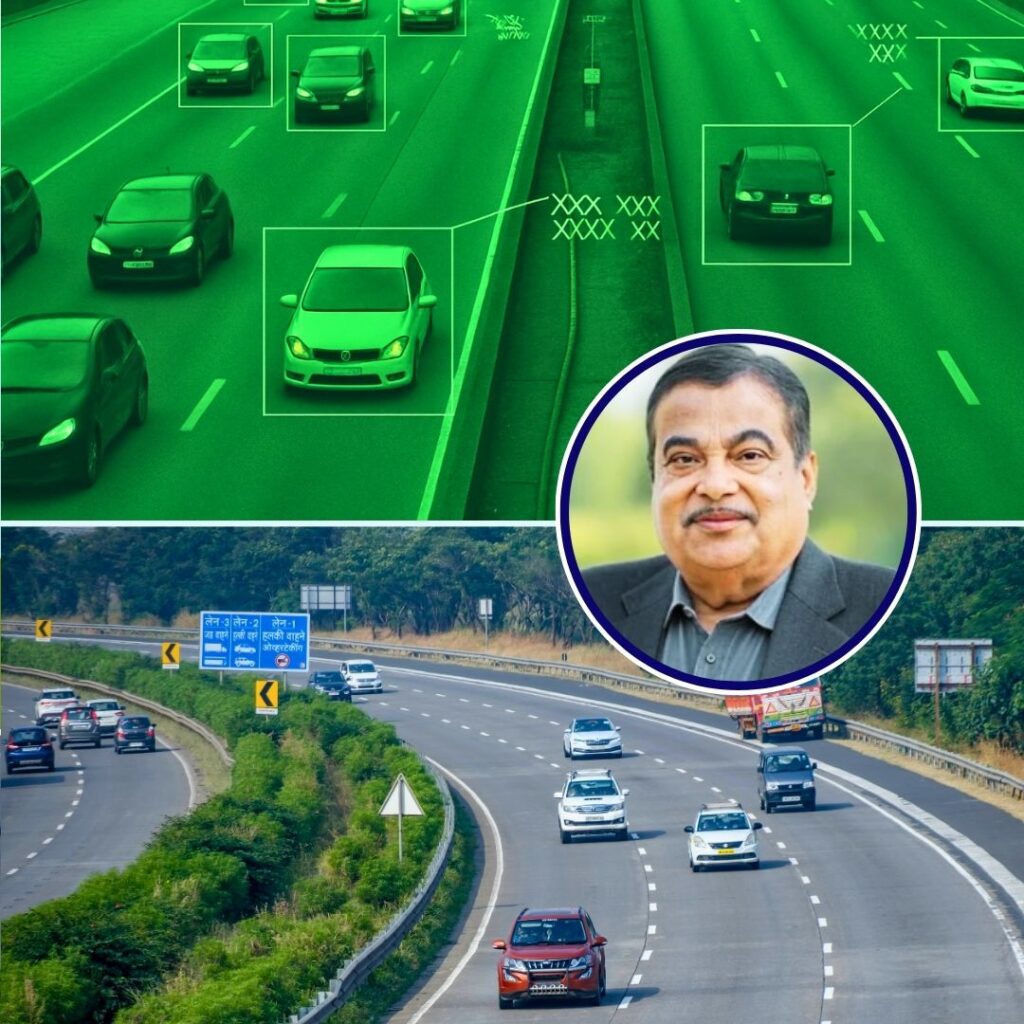While cycling solo, I’ve always had the best coincidences. I feel that nature just takes care of me while I surrender myself to its elements, discovering what it has to offer to the lone traveler. This is self-evident when I meet some of the best activists and people who’ve been fighting for the rights of the tribals and those who’ve been wronged by the government’s apathy.
I’m on a 900 km solo cycling expedition through Jharkhand to highlight the plight of tribals because of mining and displacement. My first stop is at Jamshedpur, 115 km from Ranchi in Jharkhand.
It is 7 am, I’m at the hotel entrance in Jamshedpur, and I am greeted by labor on his motorbike. This young, 21-year-old affable activist is Arjun Samat. “Where is your cycle?”, was his first question. When I tell people, I’m on a cycling expedition; they usually expect to see the bike by my side at all times.
I explain that I normally ride the bike to the main town or village. And that, it is at the guesthouse while we visit the community and villages. He takes me to a chowk in Turamdih, about five km from Jamshedpur, where around 10-15 men are sitting with their bikes parked nearby. There’s a discernible tension among the people, and they keep turning to look at the building which reads UCIL (Uranium Corporation of India Limited). Arjun tells me that we will be waiting for some of the men to return from the UCIL office and then discuss at length.
Turamdih is among the more recent of the five Uranium mines that were started by the Uranium Corporation of India Limited, back in 1954 when it initiated India’s first Uranium mining. This is on the Howrah-Mumbai main line and was commissioned in 2003.
Founded in 1967, the UCIL is a Public Sector Undertaking (PSU) under the Department of Atomic Energy for uranium mining and processing. The centrally owned Corporation is responsible for the mining and milling of uranium ore in India. Uranium is the main fuel source for running the nuclear power plants that are installed in the country and India presently generates about 2% of its total energy from nuclear sources.
Arjun tells me that the contractual labour at Turamdih are having a dialogue with the UCIL officials to try and negotiate an issue over conducting medical tests for the contractual staff. I express my surprise at the mention of contractual labour at the uranium mine. Isn’t there permanent labour to do these jobs? Isn’t this a highly sensitive commodity? How is it being mined by contractual staff then?
Suku Heramb escaped alive from the nuclear mine accident of May 2016 which killed 3 people in Turamdih.
He smiles, as he did quite often during our time spent together. “One of the most sensitive and important parts of nuclear mining is done by the contractual labour at ₹300 a day. They are not given any medical or health benefits, no protective suits or safety gear. In fact, a few months ago, in May, there was an accident, where a section of the mine collapsed, and two workers lost their lives inside one of the mines. The families seldom receive any compensation for deaths occurring during work”. “So what is the discussion about today?”, I asked. “The company has made medical tests for all contractual daily wage labour compulsory”. “Isn’t that a good thing?”, I asked naively. “It is”, he claimed. “But they want the labour to do the test themselves, the contractor is saying that it wasn’t mentioned in his work order at the beginning and as such, he cannot bear the expenses now. The cost per person is about ₹3500, and that is about 10 days wage for the labor”.
“What happens if the labor is diagnosed with some medical problem due to exposure? Or respiratory disorders? ”, I asked, as my curiosity increased. “That is exactly the dilemma most of them are facing”, said Arjun. “Without a medical certificate, they won’t be able to work, and if the medical certificate throws up some ailment that is most probably caused by exposure to radiation or fine particulate matter, due to working in the mines, the contractor will ask them to leave”.
I asked him whether the displaced villagers who’ve lost their lands are given jobs in the uranium mines. “The mines are situated on land which was originally inhabited by the villagers of this area. After they were displaced due to mining, some of them received jobs. Even for the unskilled jobs, not every working member of the displaced family gets a job. This, in fact, creates disparity within families, where one brother may get a job and the benefits therewith, whereas the other brother has to search for daily wage labour work. This is increasing the rift among families and sprouting economic disparity within the villages. Children of employees go to central schools, get medical access and better employment opportunities, whereas the other members of displaced families are forced to live a wage based life and seldom make progress on the human development indicators of health, nutrition and opportunity.”
We…











